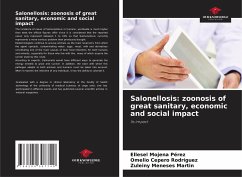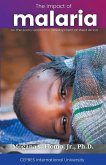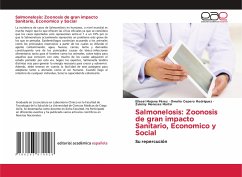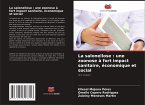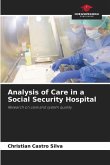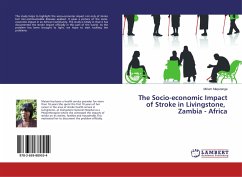The incidence of cases of Salmonellosis in humans, worldwide is much higher than what the official figures offer since it is considered that the reported cases only represent between 1 to 10% so that Salmonellosis currently represents a more serious problem than previously thought. Epidemiologists continue to accuse animals as the main reservoirs from which the agent spreads, contaminating water, eggs, meat, milk and derivatives constituting one of the main causes of toxic food infections for both humans and animals, especially for those who live with this, many of which acquire the carrier state by this route.According to experts, Salmonella would have different ways to generate the energy needed to grow and survive. In addition, the ease with which this pathogen adapts to both animals and humans must be taken into account. When it reaches the intestine of any individual, it has the ability to colonize it.
Bitte wählen Sie Ihr Anliegen aus.
Rechnungen
Retourenschein anfordern
Bestellstatus
Storno

